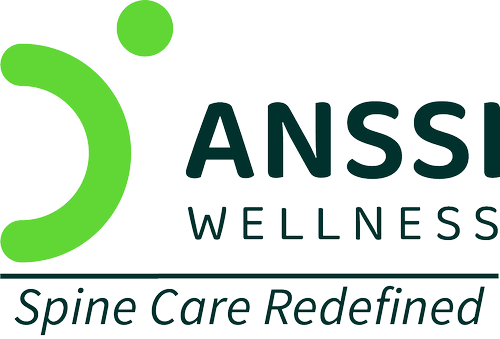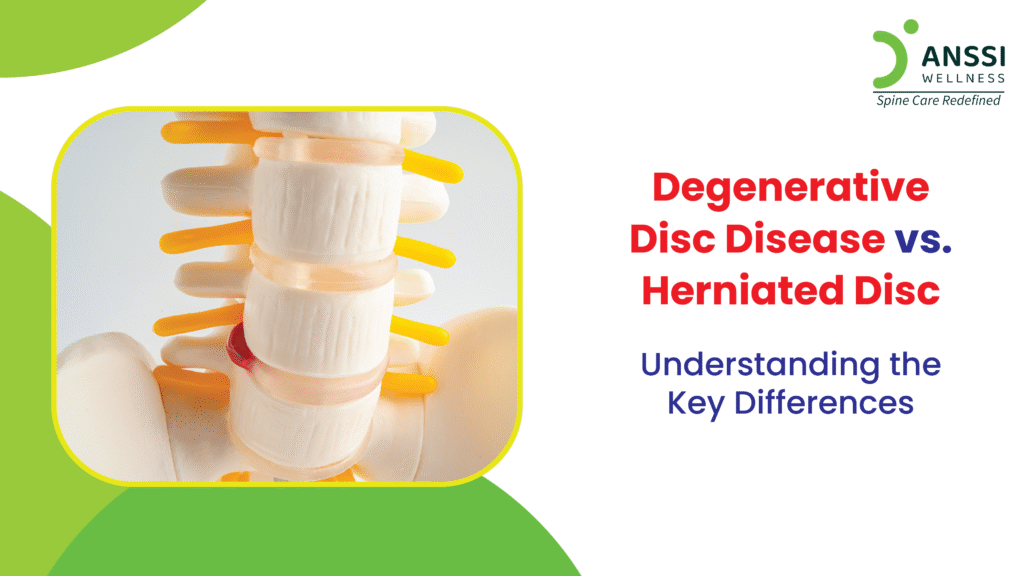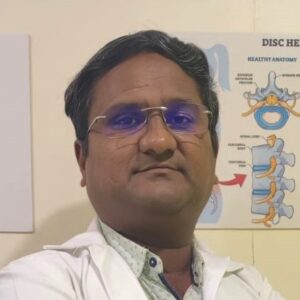Back and neck pain are among the most common health complaints affecting people of all ages. Two of the primary culprits behind chronic spinal discomfort are Degenerative Disc Disease (DDD) and Herniated Discs.
Although the terms are often used interchangeably, they are different conditions with distinct causes, symptoms, and treatment strategies. Understanding these differences is essential for accurate diagnosis and effective care.
What Is Degenerative Disc Disease?
Degenerative Disc Disease is not actually a disease but rather a condition that results from the natural ageing process of the spine. Over time, the spinal discs, which act as shock absorbers between vertebrae, begin to dry out, lose flexibility, and become thinner. These changes reduce the disc’s ability to cushion the spine and can lead to pain and stiffness.
- While DDD is most common in older adults, younger people with physically demanding lifestyles or previous spinal injuries may also experience early disc degeneration.
- The pain from DDD is often described as a dull, persistent ache that worsens with prolonged sitting, bending, or lifting.
- The lower back (lumbar spine) and neck (cervical spine) are most commonly affected.
What Is a Herniated Disc?
A herniated disc, also known as a slipped or ruptured disc, occurs when the soft, jelly-like centre of a spinal disc (nucleus pulposus) pushes through a tear in the tough outer layer (annulus fibrosus). This herniation can press on nearby spinal nerves, causing localised pain and nerve-related symptoms.
- Unlike DDD, which develops gradually, a herniated disc usually results from a sudden injury, strain, or improper lifting.
- It can affect people of all ages, but is most common in individuals between 30 and 50 years old.
- Symptoms include sharp pain in the back or neck, radiating pain down the arms or legs (sciatica), numbness, and even muscle weakness.
Key Differences Between DDD and Herniated Discs
While both conditions affect spinal discs and can lead to pain and mobility issues, there are some key differences:
Degenerative Disc Disease
- Cause: Age-related disc wear and tear
- Onset: Gradual and progressive
- Pain Type: Dull, chronic, aching pain
- Common Areas: Cervical and lumbar spine
- Symptoms: Stiffness, instability, localised pain
- Progression: Develops over time
Herniated Disc
- Cause: Sudden injury or trauma
- Onset: Often sudden
- Pain Type: Sharp, radiating, nerve pain
- Common Areas: Cervical and lumbar spine
- Symptoms: Numbness, tingling, weakness, radiating pain
- Progression: May resolve or persist
Understanding whether your pain stems from a degenerating disc or a herniated one is essential because the treatment approach may vary depending on the diagnosis.
Diagnosis and Treatment Options
Doctors use a combination of physical examinations, patient history, and imaging tests like MRI or X-rays to determine whether a patient has DDD or a herniated disc. While both conditions can benefit from conservative treatment, identifying the specific cause ensures that the right therapies are selected.
Non-Surgical Treatment Options
- Physiotherapy: Tailored exercises can help strengthen the muscles that support the spine, improve posture, and reduce pressure on affected discs.
- Non-Surgical Spinal Decompression Treatment: This non-surgical, USA-based treatment gently stretches the spine to relieve disc pressure, especially useful in cases involving nerve compression. It’s particularly effective in treating herniated discs and early-stage DDD.
- Posture Correction: Poor posture can accelerate disc degeneration and worsen pain. Ergonomic adjustments at work and during daily activities can alleviate unnecessary strain on the spine.
- Pain Management: Heat and cold therapy, over-the-counter anti-inflammatory medications, and muscle relaxants may provide temporary relief. In more severe cases, prescription medications or epidural injections may be recommended.
- Lifestyle Modifications: Maintaining a healthy weight, avoiding smoking, staying active, and avoiding heavy lifting or prolonged sitting can slow down disc degeneration and prevent herniation.
When is Surgery Needed?
In most cases, DDD and herniated discs can be effectively managed through non-invasive therapies. Surgery is typically considered only when:
- Conservative treatments fail to relieve symptoms after several months.
- There is progressive nerve damage or muscle weakness.
- The patient experiences severe loss of function or bladder/bowel control.
Common surgical procedures include discectomy (removal of herniated disc material) or spinal fusion (joining two vertebrae to stabilise the spine), but these come with risks and longer recovery times. Hence, non-surgical interventions are preferred as the first line of treatment.
About ANSSI:
ANSSI Wellness focuses on improving the quality of life for patients suffering from spinal issues, aiming to provide relief where other conventional treatments have failed. Through advanced non-surgical spinal decompression treatment, ANSSI is committed to helping patients avoid surgery and recover in a safe, effective, and compassionate environment.
Connect with ANSSI Wellness on LinkedIn, Instagram, and Facebook for expert guidance.




